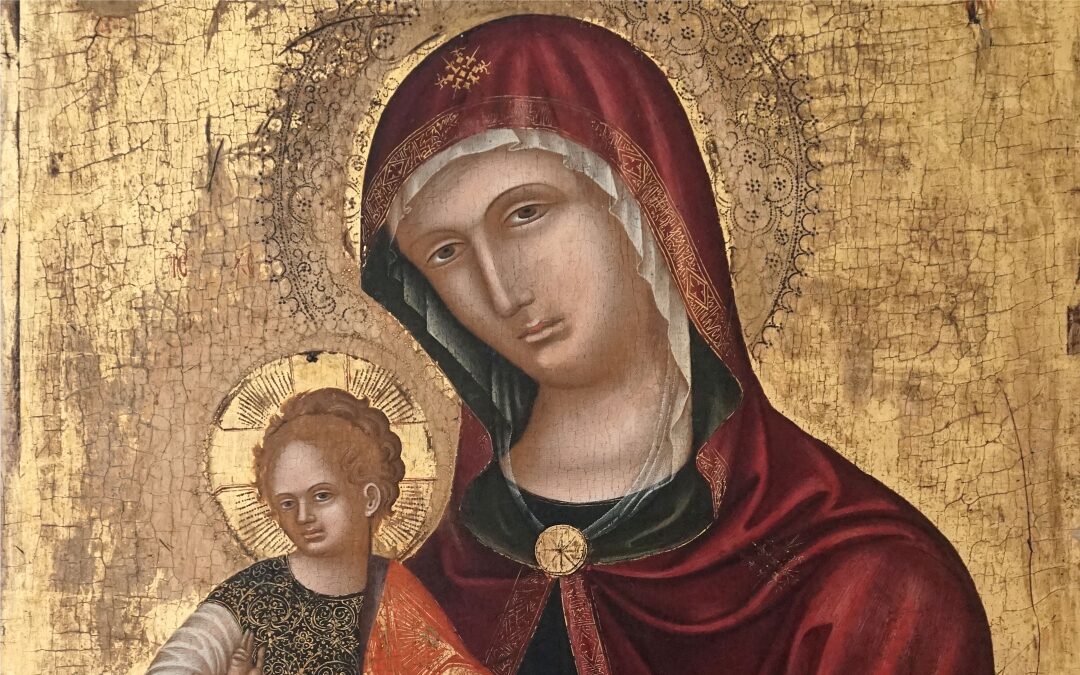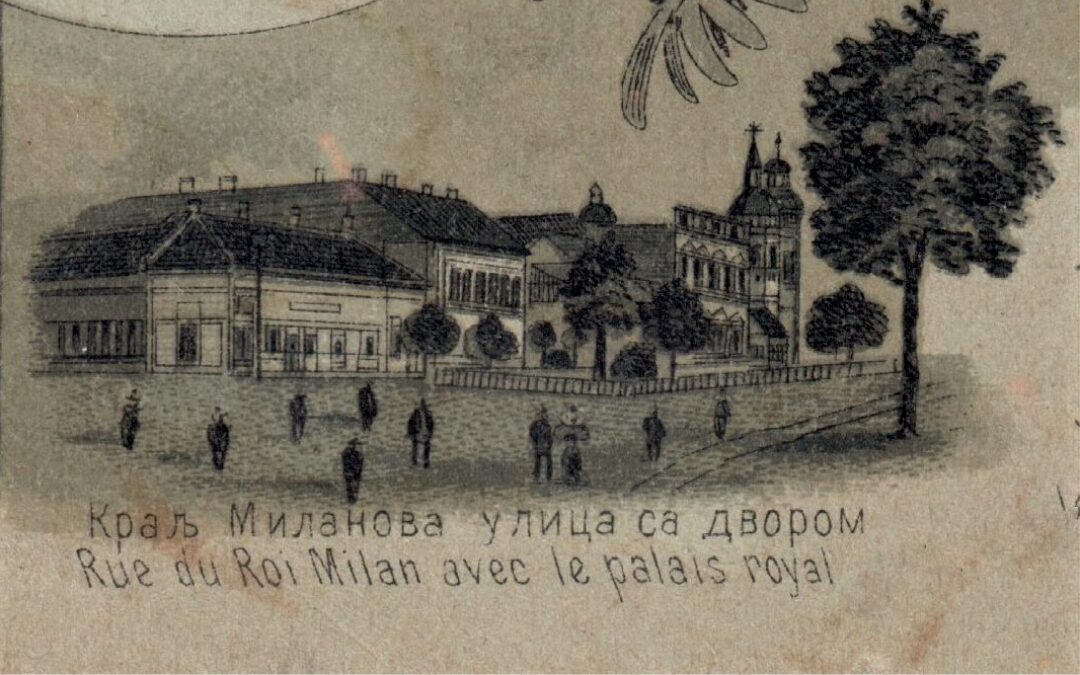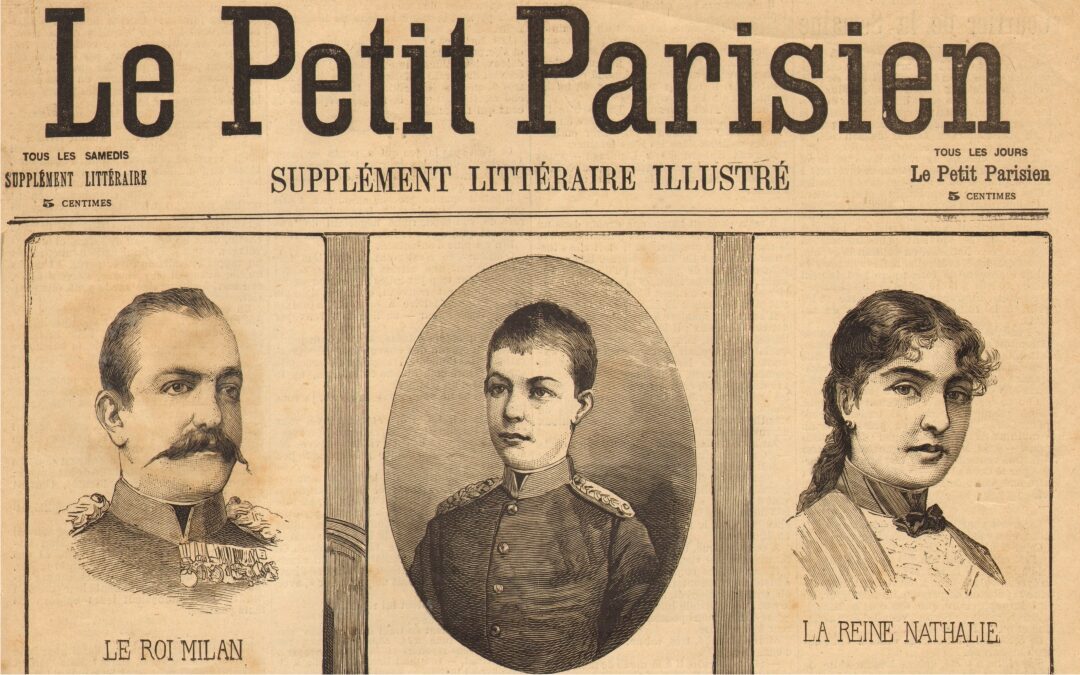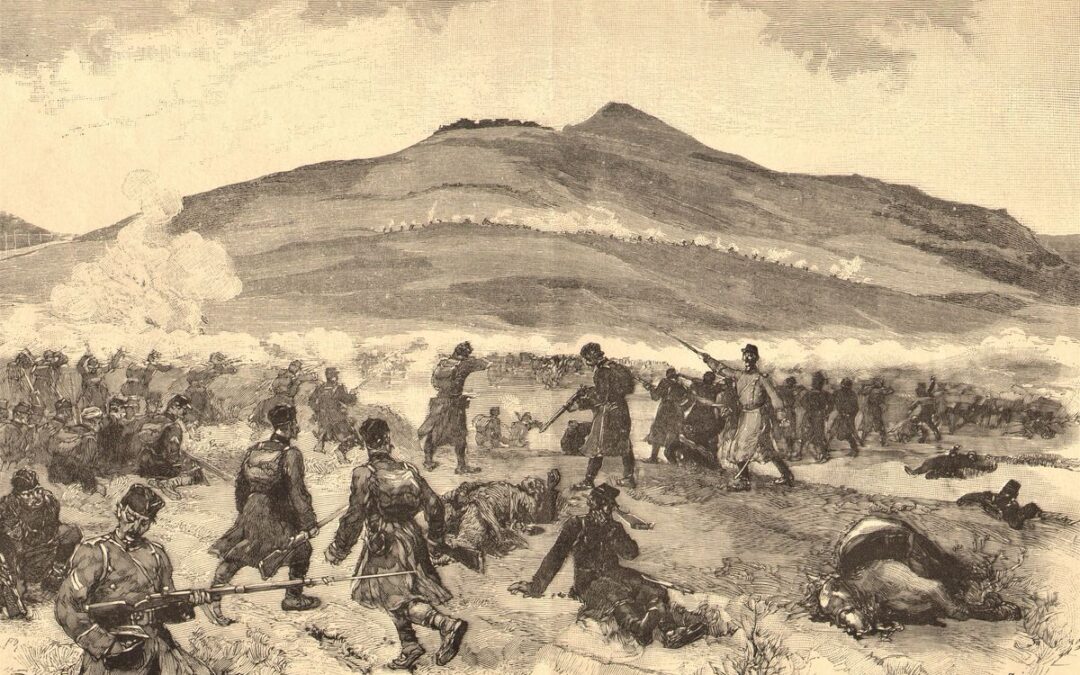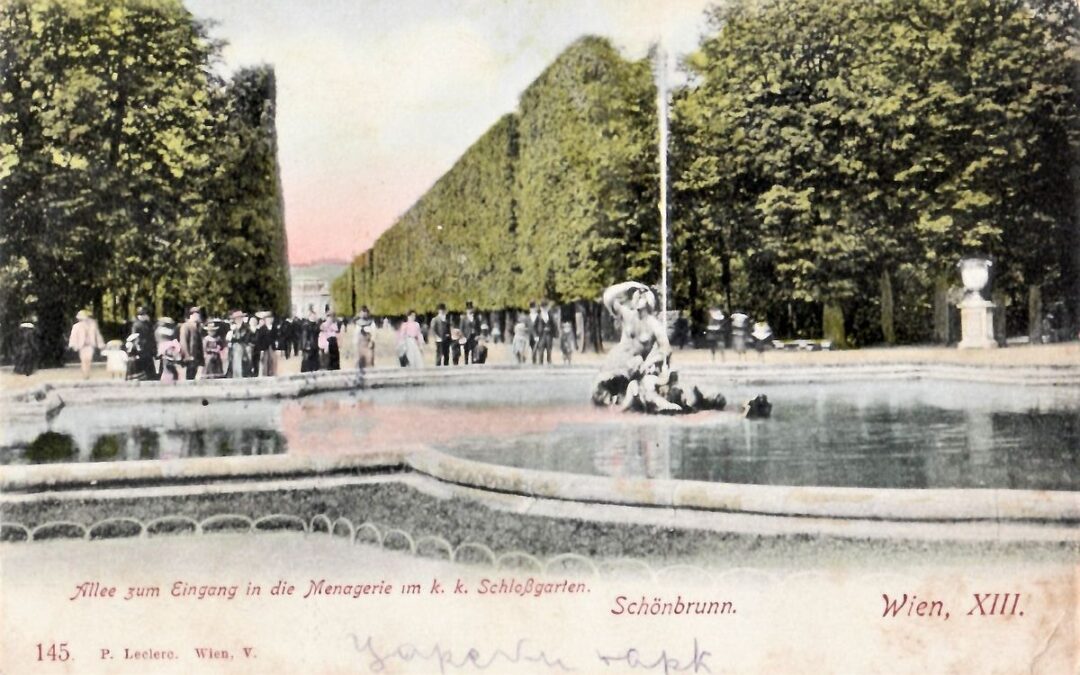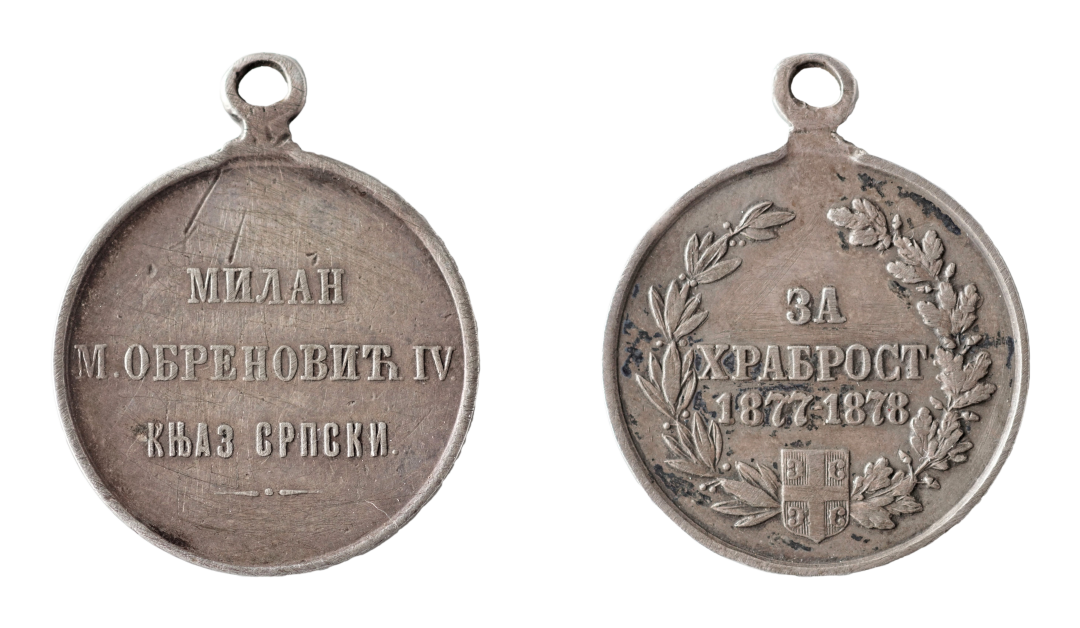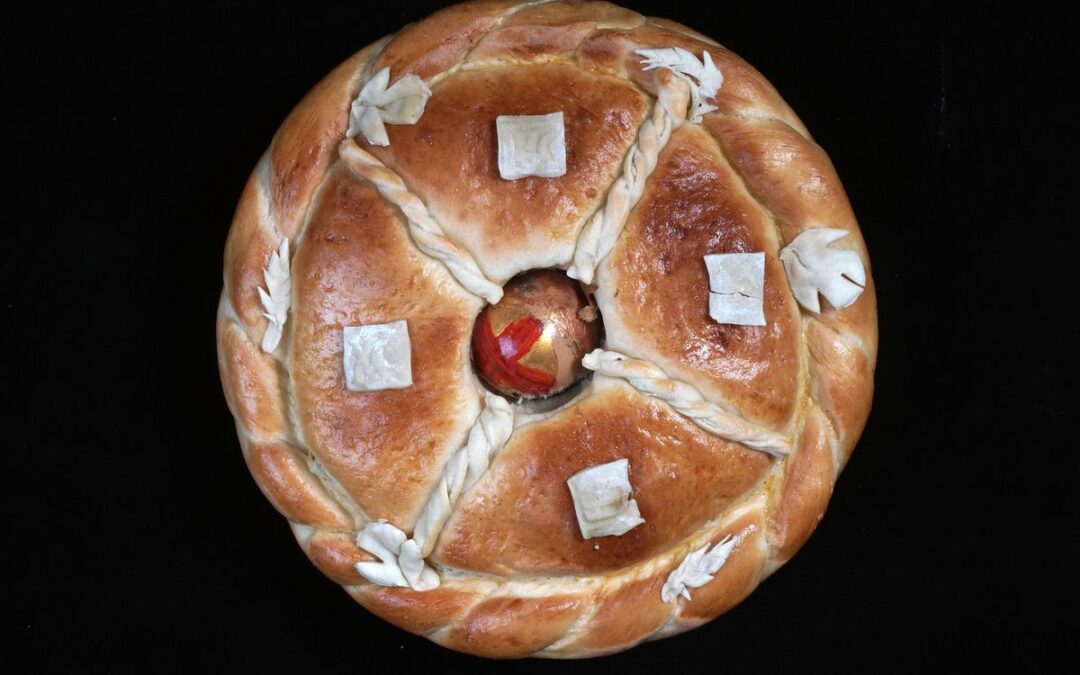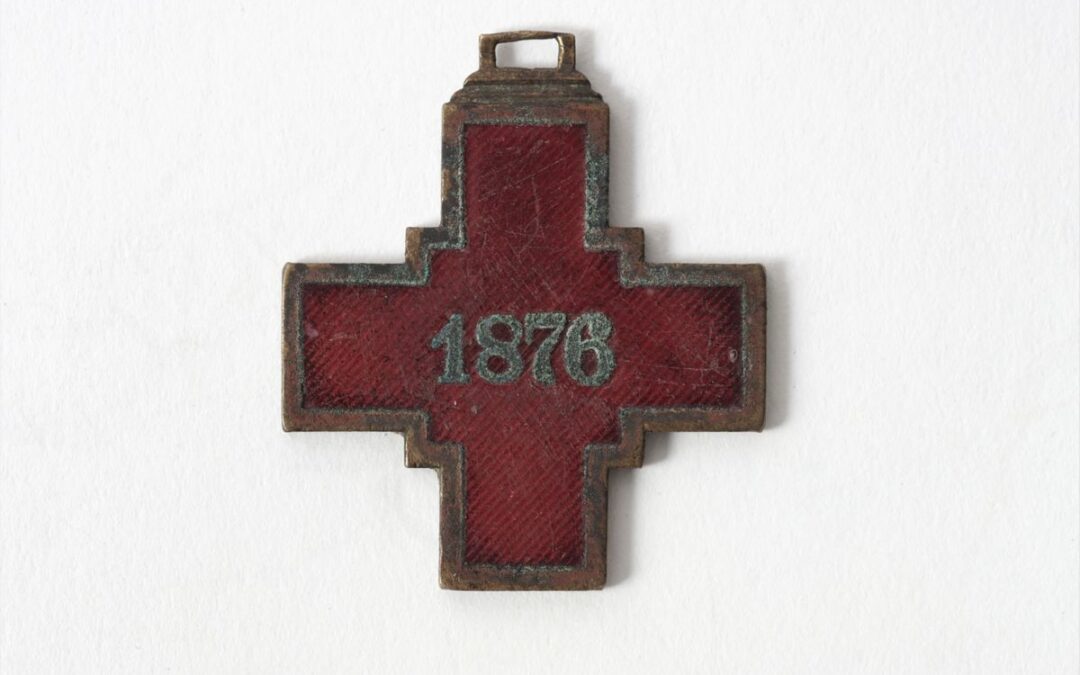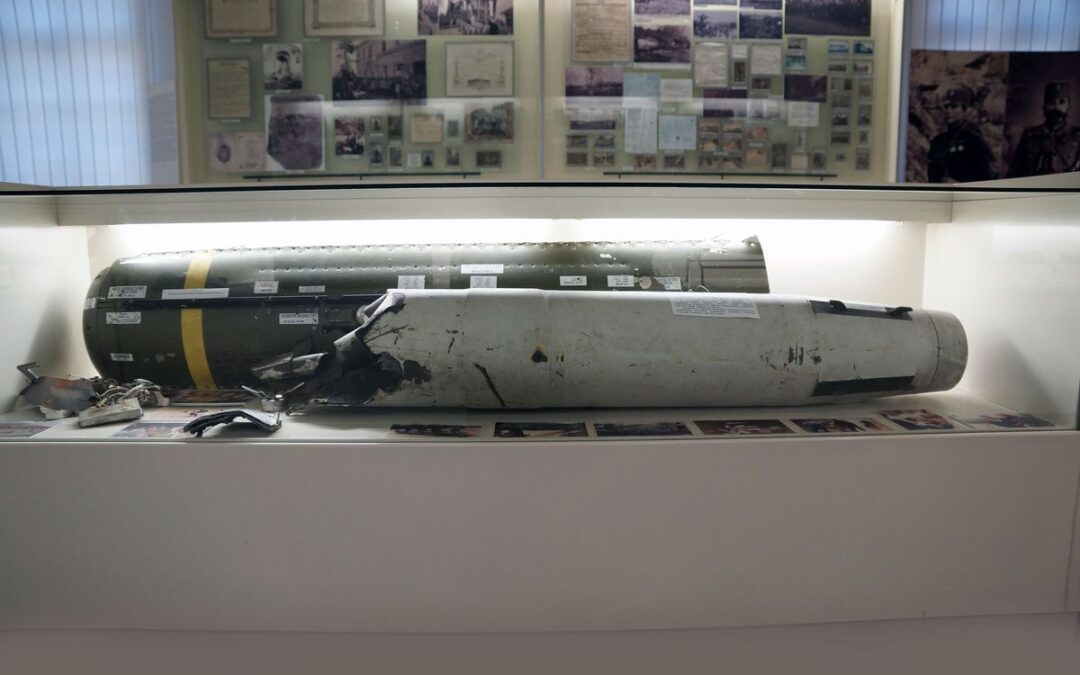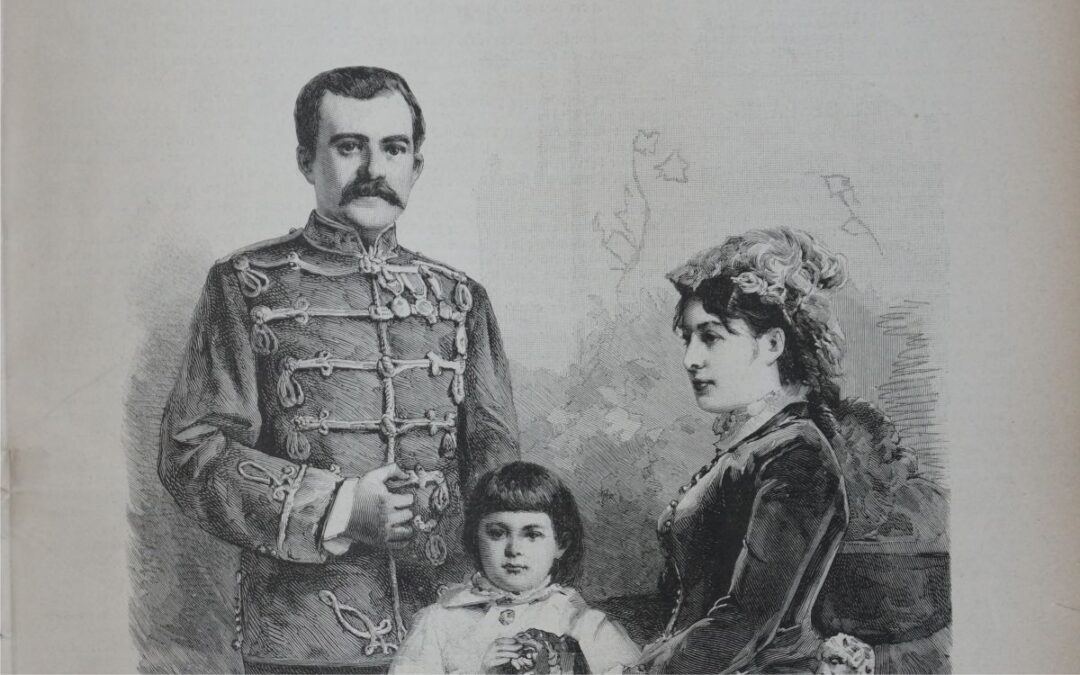Painters from Constantinople, who were between 1369-1421 emigrated to Kandia (Heraklion), they played a significant role in the creation of Cretan painting, bringing the iconographic and stylistic trends of the Byzantine capital. The new style brought to Crete by the artists of Constantinople and the influence of Western art encouraged by the Venetian presence on the island, as well as the appearance of a rich and educated bourgeoisie that supported art, influenced the appearance of great painters and a distinctive style in icon painting known as the Cretan school of painting or the Italo-Cretan school.
